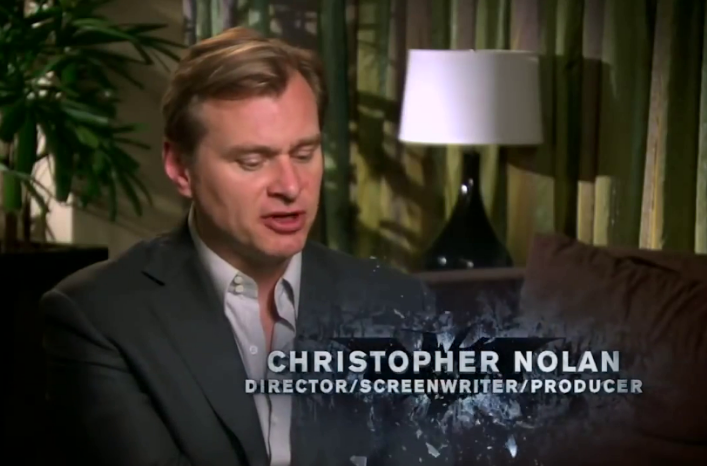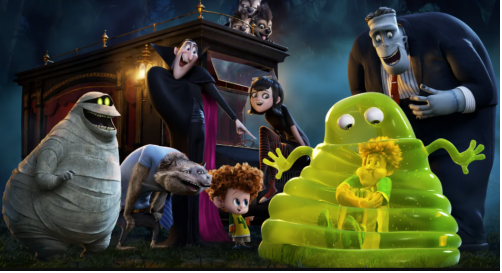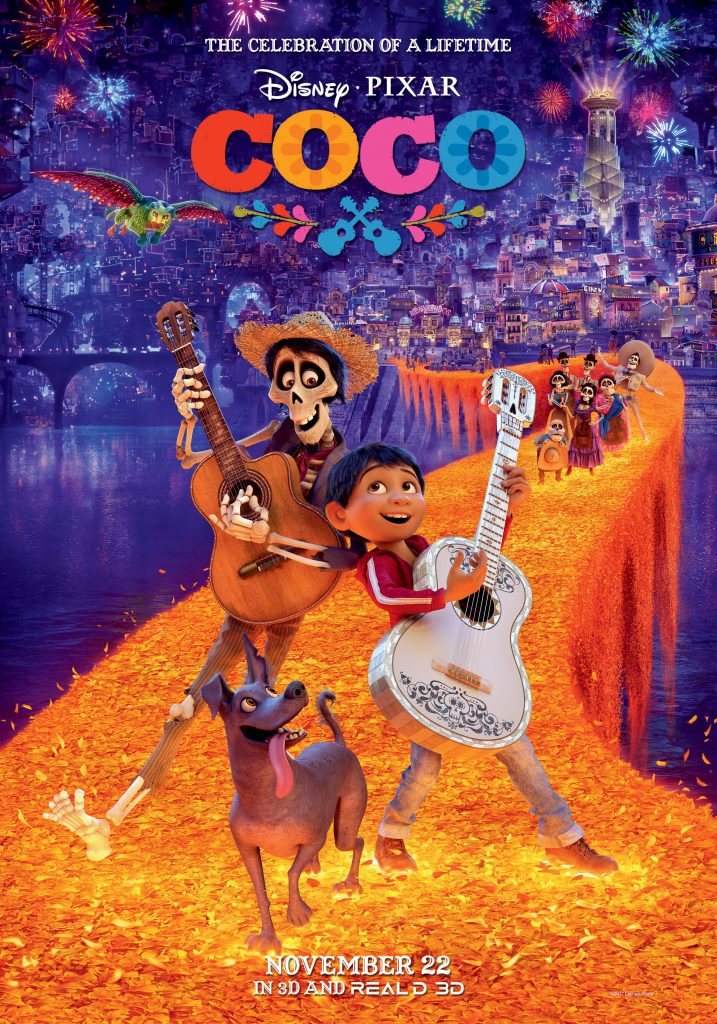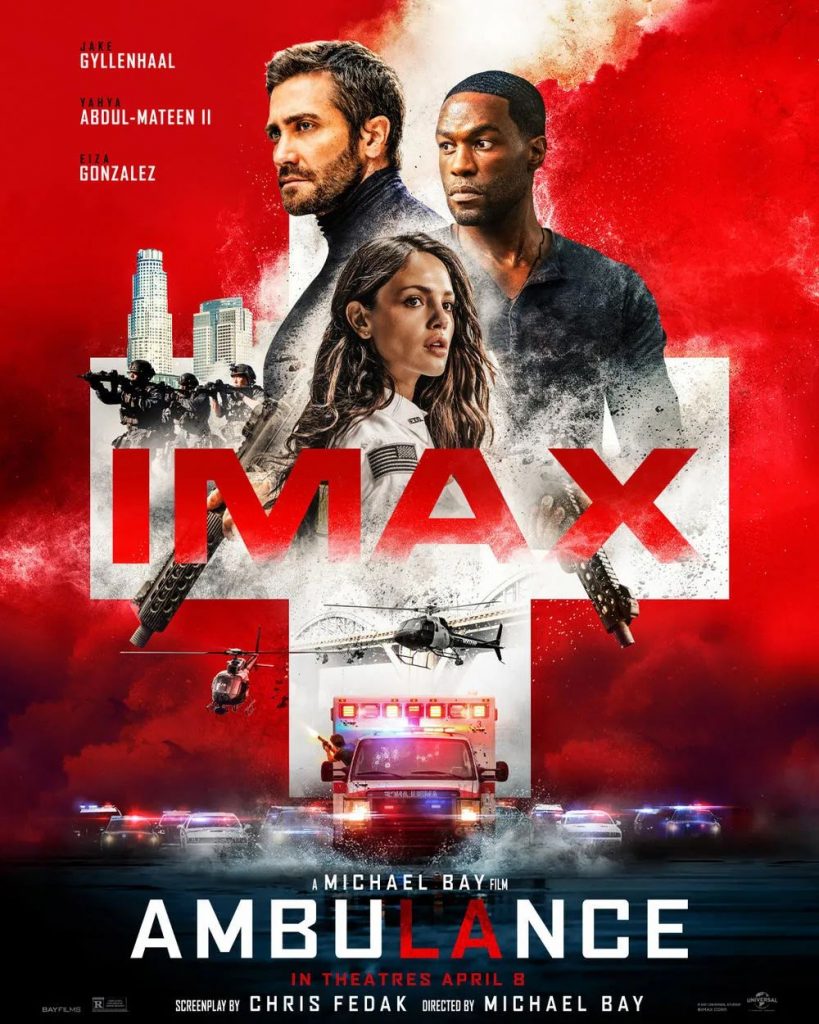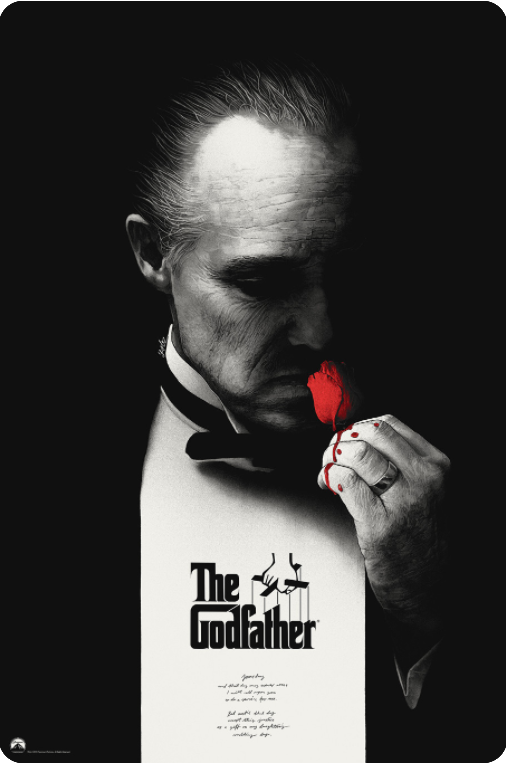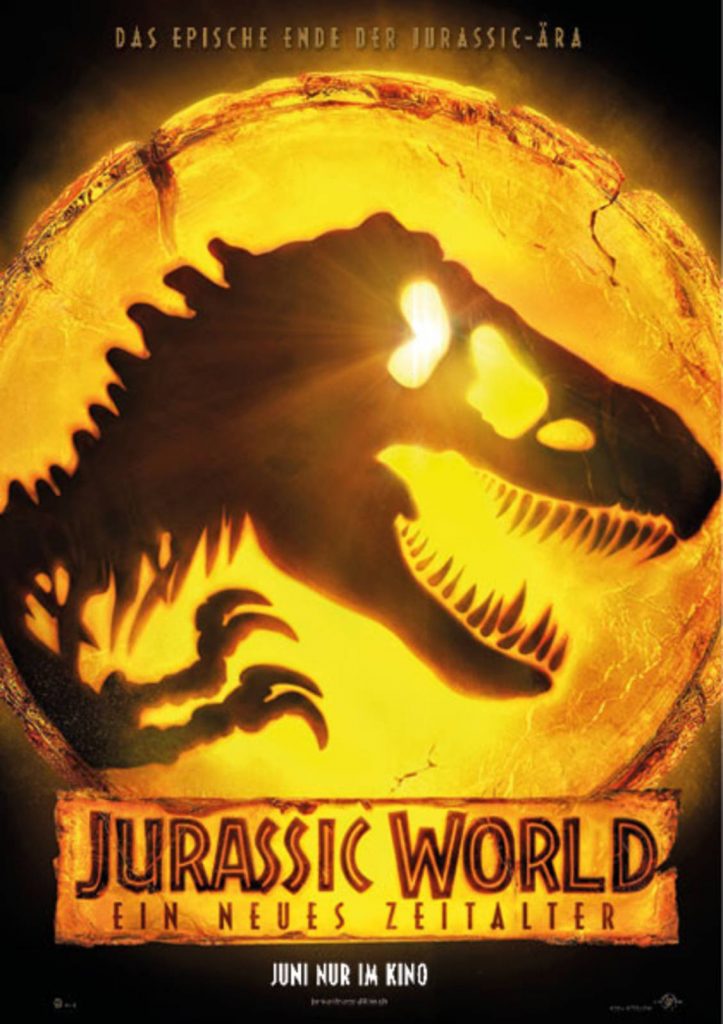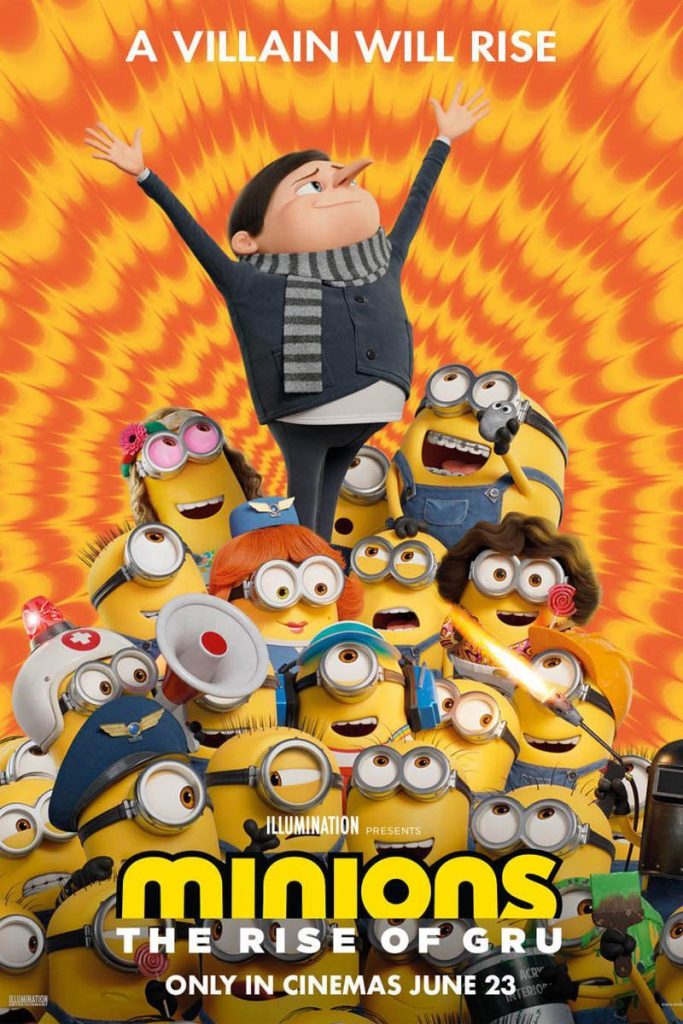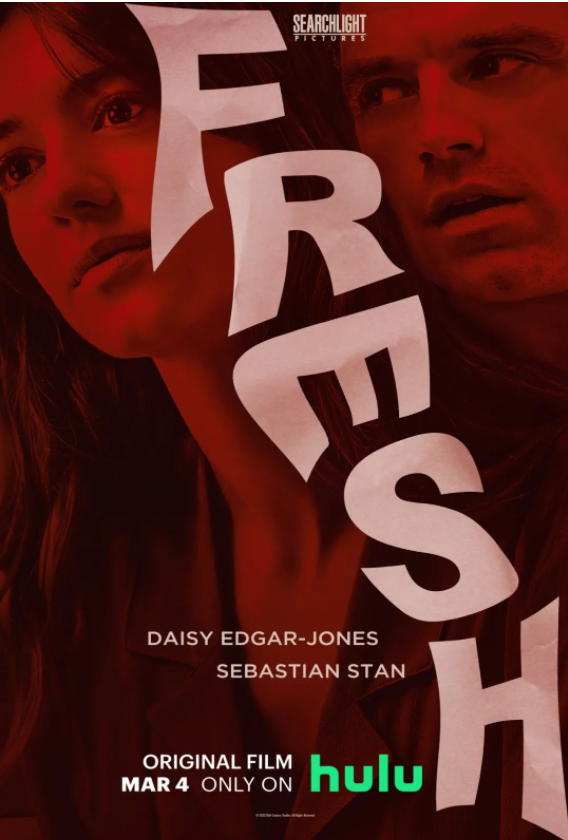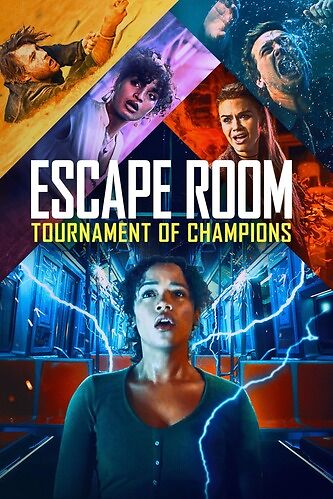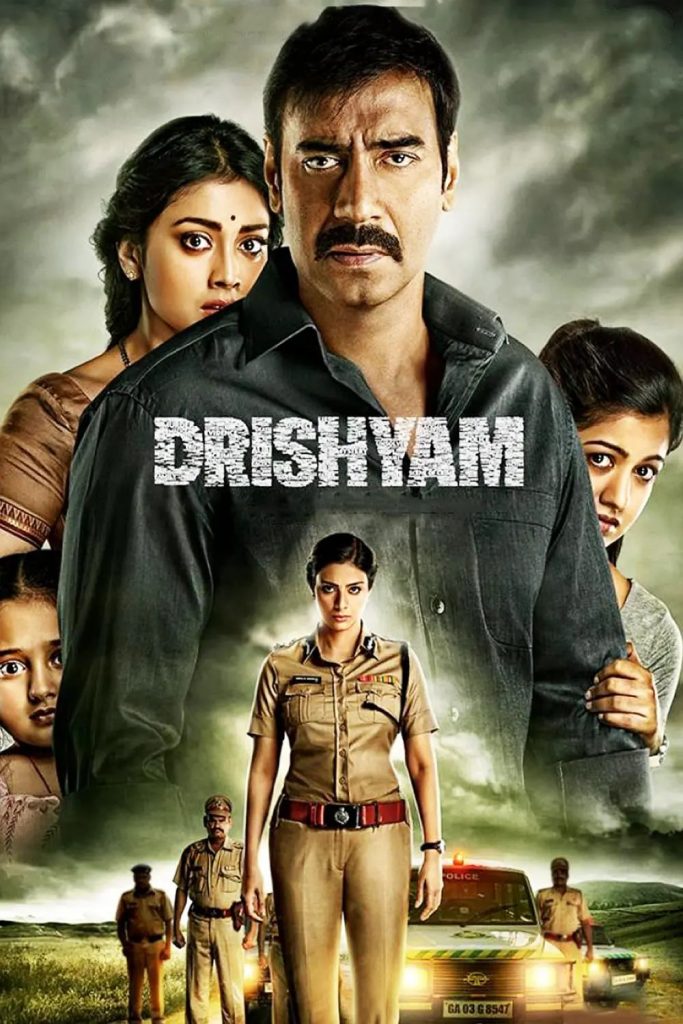Why Nolan has become a popular director sought after by modern movie audiences, in addition to being hardcore enough to be brainy enough to be wildly cool and so on, one of the most important things is that there is room for a very broad interpretation, and these are placed by Nolan in extremely unnoticeable corners of the film for the audience to slowly dig.
Nolan was born in England, as was his brother Jonathan Nolan, who wrote the screenplay. Both brothers have a strong background in English literature, so when watching the whole trilogy, especially the last one, it is clear that their character of Batman (Bruce) has a strong sense of Shakespearean tragedy. So the question arises, what is a Shakespearean tragedy.
Shakespeare’s four major tragedies are Hamlet, Macbeth, Othello and King Lear. I will not go into detail here.
To sum up, in Shakespeare’s tragic literature, it is believed that human nature is disappointed, but not to the point of despair, and that the tragedies arising from all stories cannot be avoided, which also results in the inescapable dark side of human nature, and most importantly, Shakespeare’s tragedies have a strong heroic dimension, often contradicting predestination or mission, thus resulting in sublime tragedies that are later sublimated.
Such tragedies leave the people in the stories with a deep sense of reflection and thus a kind of human ‘baptism’, which is the core value of the enduring Shakespearean tragedies. All of the above probably sums up the similarities found in the Nolan Batman trilogy, especially The Dark Knight Rises, which can be seen more as a superhero mythology. Although we know that Nolan Batman is shot realistically, we can also see that The Dark Knight Rises does a lot of romanticising of the plot.
For example, Bane, who is obviously far more physically capable and powerful than Batman, beats Batman until his back is broken, but Batman is able to recover himself in just a few months, without relying on any modern medicine, and even if he recovers himself, without receiving any training in new skills, then escapes from death by a small burst of energy alone, and then fights Bane again, beating him to the ground. The logic of such a plot is very much a heroic romance in itself. Talking of which, we have to explore the ending of ‘The Dark Knight Rises’.
We all know that 99% of the film ends with Bruce not dying and Batman becoming a legend, with Robin taking up the Batman mantle and continuing to protect Gotham City. But perhaps we could try to see a less super-British comic book happy ending, but rather what I consider to be the 1% tragic hero ending.
Here is my “over-interpretation”.
Perhaps Batman (Bruce) doesn’t want to believe in autopilot and is willing to sacrifice himself until the last moment to control the Bat-fighter in order to ensure that the nuclear bomb is actually kept away from Gotham City. This logic makes sense when you look at it. When the fate of Gotham City and its 11 million people is at stake, would Batman confidently leave this life-and-death task to the autopilot. The Batman was a prototype, and the autopilot software was indeed repaired by Bruce, but no one has been able to verify whether the autopilot software was placed on the Batman’s warplane with the nuclear bomb, or whether Batman used it. And throughout the film, the Bat fighter, which has always been operated by Batman himself, it stands to reason that if the autopilot had been put into use, there would have been several crisis moments where it was very much needed, and Batman could have demonstrated the autopilot function, as he did in the second film, The Dark Knight Rises. Some say that during the battle between the police and the Bane Legion, it could have been the Batmobile on autopilot, but on closer inspection, Batman is sitting in it, but the autopilot was actually very much needed then so that Batman could get away to do other things. Next we look at the Bruce and Catwoman that Alfred meets in the café, which can also be seen as a nice romantic imagining.
After all, it’s so similar to the scene that Alfred recalls earlier that one can’t help but think that Alfred bumping into Bruce at the end might just be a nice fantasy. In Alfred’s recollection, we can see that the décor inside the café where Alfred is in is predominantly red, with red chairs, red flowers on the tables, and red clothes for the waiters. We can see from the chairs and the waiters, as well as the purple flowers on the table, that the couple that Ah Fook misidentifies is not in the same café, as this is usually the case in foreign countries where there is a street of cafés and you can see from one to the other. But when Alfred goes to that café again at the end, the flowers on the table all turn out to be the purple flowers from the house next door in his memories, and Nolan cleverly evades the table flowers from Bruce’s table.
And in the scene in Alfred’s recollection, there is a dining guest who appears to be present during Alfred’s meal in the finale, so just ask what the odds are. Of course, I’m not trying to prove anything, just to offer a more diverse and open-ended interpretation of the Nolan-esque ending. Because whether or not Bruce actually dies, the legend of Batman and Bruce finding himself is established in the film.
The Dark Knight Rises is more ambitious in the sense that Nolan is trying to shape the Batman legend and make it look like a fable. It’s a film that is trying to test just how much pressure and weight a superhero can carry. In fact, the ending that establishes Bruce alive is meant to skew the film towards a happy ending.
But as far as artistic attainment is concerned, that 1% believes that if Bruce ended with an actual sacrifice of self, it would have accentuated the heroic and poignant nature of Batman, but I’m sure if Nolan had shown it more obviously, many viewers would not have been willing to accept it, nor would the studio have agreed. That’s what I think is so great about Nolan, no matter which of his works ends, there’s a lot of story still going on beyond the ending.
